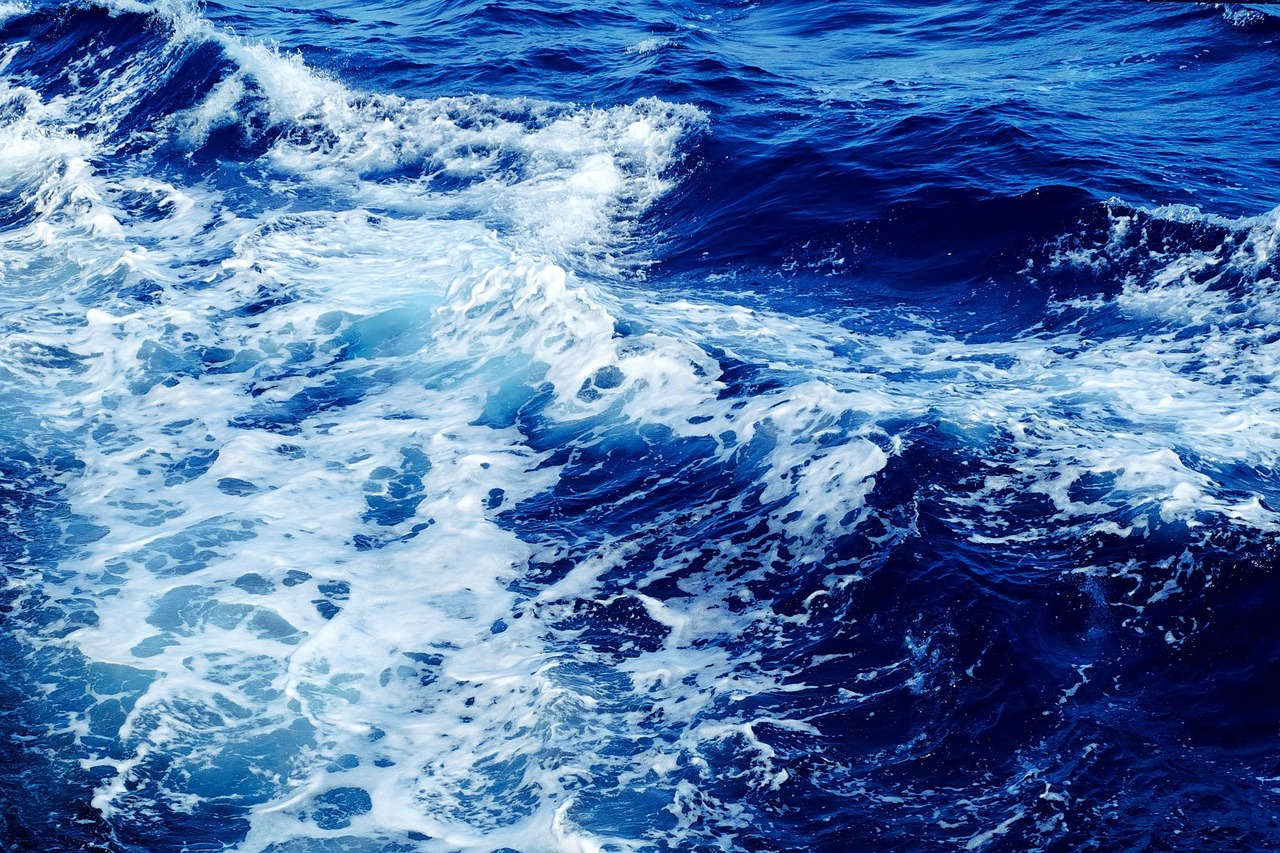Dead zones are becoming more and more popular around the globe. In the ocean, it is mainly caused by fossil-fuels and fertilizer runoffs that cause big areas to lose all its oxygen, which kills off an increased amount of sea life.
Dead zones exist at the bottom of oceans and waters where the oxygen that supports the most life underwater gets depleted. 405 dead zones have already been identified globally, which has increased from 49 to 405 from the 1960s till now. The largest dead zone in the world remains in the Baltic Sea that has next to no oxygen for the entire year.
Of course, the increase of dead zones doesn’t only kill ecosystems around the world, but it also places a dent in economies around the globe. A single dead zone incident off the coast of New York in 1976, covering nearly 400 square miles, cost both recreational and commercial fisheries up to $500 million, due to most of the fish being lost to dead zones annually.
In the Gulf of Mexico, over 235,000 tons of food gets lost due to the same problem, which is just two areas surrounding the U.S.
Considering that the same event had to happen off the coasts of a country like the Philippines, residents of an entire country would lose most of their food supply.
Can Dead Zones be Recovered
The answer is yes, but this is highly unlikely, depending on the severity of the dead zone and the life lost in the area thereof.
Dead zones in places such as the Black Sea has recovered during the end of the Soviet Union, along with a reduction in a dangerous fertilizer runoff in Russia, as well as Ukraine.
If countries manage their resources properly and ensure that no harmful substances enter the ocean, it can indeed be recovered.
Get bottled water coolers and mains water coolers from Living-Water in London.






